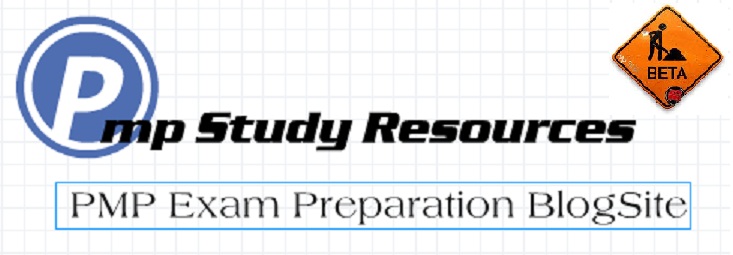|
|
Enterprise Environmental
Factors
|
Organisational process
Assets
|
|
1.
|
Internal and External Factors that influence
the Project’s Success. ((Only the Systems and not the Data))
|
Assets (Data) that Belongs to the
organisation, involved in the project, which influence the project’s Success.
These are date DATA we “OWN” as outcome of
processes which we have done before.
|
|
2.
|
E.E.F Means Information about your Company. If
Something is and E.E.F then you already know that is 100% likely to happen
because it is part of how company is structured.
|
“WHY RE-INVENT THE WHEEL”
Means that if we have same thing available
with us, we do not have to remake it again.
|
|
3.
|
E.E.F are Made of
1. Mandatory
Work
2. Good
Practises
3. Cultural
Norms
|
O.PA is what we Have acquired from doing the
things before & we can again use these in our new project.
|
|
4.
|
|
We use O.P.A to improve management of project
and we manage with in constraints and guidelines established by E.E.F
|
|
5.
|
E.E.F are of Three types
·
Internal Facts /Information
·
External Facts/Information
·
Tools & System
|
O.P.A are of two types
·
Processes & procedures
Corporate
knowledge base
|
|
6.
|
INTERNAL FACTORS
·
Organisational structure & culture
·
Infrastructure
·
H.R Administration
·
Personnel Skills update
Performance
appraisal updates
|
Processes & Procedures
·
Company Policy/ Procedures/guidelines.
·
Standards of Processes
·
Templates
·
How to tailor the Standards
|
|
7.
|
EXTERNAL FACTORS
·
Govt./industry standards
·
Commercial Data bases
·
Market place conditions
·
Political climate
|
Corporate Knowledge Base
·
Project Files
·
Historic Files of Information
·
Lesson learned Database
·
Information within Data Base
|
|
8.
|
Tools & System
·
Work Authorisation System
·
PMIS
|
|
Photo Courtsy :- 1) http://tapuniversity.com/2009/07/08/organizational-process-assets/
2) http://www.exporthelp.co.za/modules/1_considering_exporting/dom_exp_marketing.html





